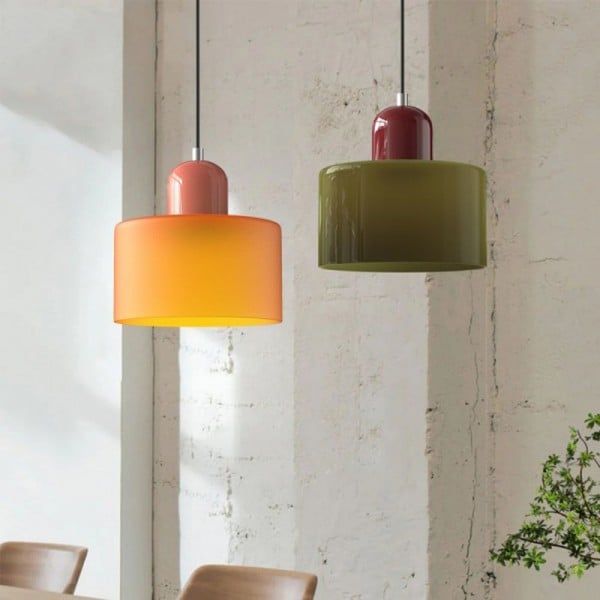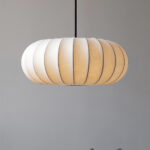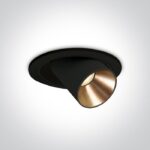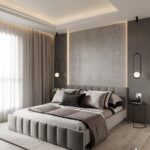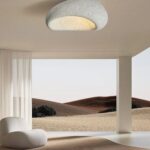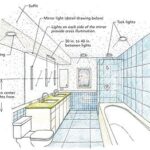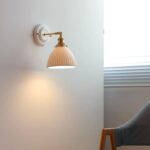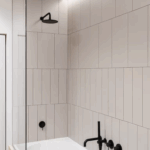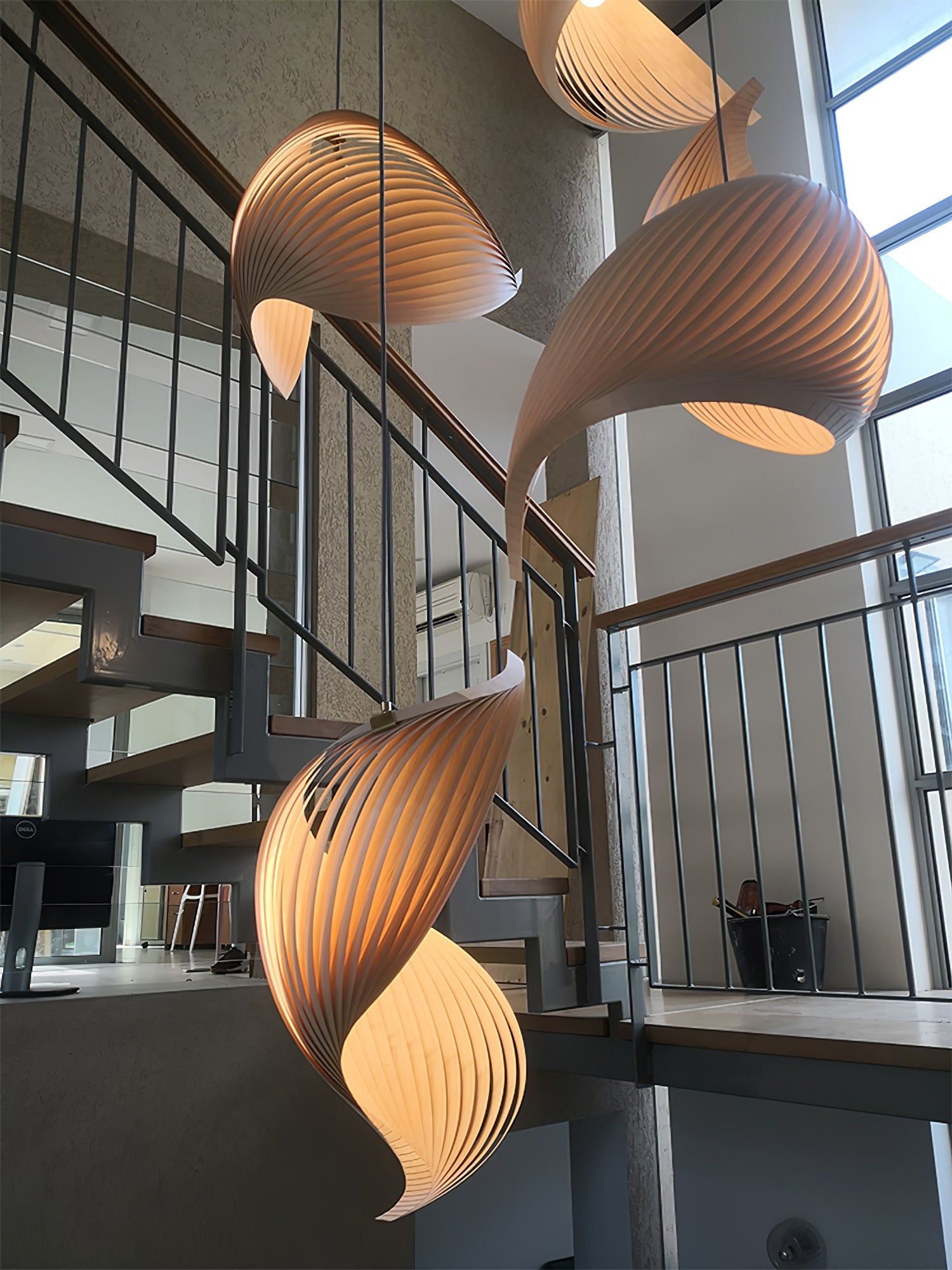
The ideal lighting in any space is essential for creating the right ambiance and functionality. Proper lighting can enhance the overall design and mood of a room while also improving visibility and productivity. When it comes to designing the perfect lighting scheme, there are a few key factors to consider. Firstly, natural light should be utilized whenever possible to create a bright and welcoming atmosphere. Supplementing natural light with overhead fixtures, task lighting, and accent lighting can help to create a well-balanced and layered lighting design. The color temperature of the light fixtures is also important, with warmer tones creating a cozy and inviting feel, while cooler tones can promote focus and alertness. Additionally, dimmable lighting options can provide versatility and allow for adjustment based on the time of day or desired ambiance. Ultimately, the ideal lighting should be tailored to the specific needs and preferences of the space, taking into consideration factors such as the function of the room, the activities that take place there, and the overall aesthetic of the space.
The ideal lighting can greatly influence the overall ambiance and mood of a space. Proper lighting can make a room feel welcoming, cozy, and comfortable, while poor lighting can make it feel cold and unwelcoming. When designing a room, it is important to consider the function of the space and choose the appropriate lighting accordingly. For example, in a living room or bedroom, soft, warm lighting is usually preferred to create a relaxed and inviting atmosphere. On the other hand, in a kitchen or workspace, bright, task lighting may be more suitable for practicality and functionality.
Natural light is often considered the best type of lighting as it is both flattering and energizing. However, not all spaces have access to abundant natural light, so it is important to supplement with artificial lighting as needed. When choosing artificial lighting, it is important to consider the color temperature of the bulbs. Warm white light (2700-3000 Kelvin) is often preferred for living spaces, while cool white light (3500-4100 Kelvin) is better suited for task lighting. Additionally, dimmable lighting fixtures can offer flexibility in adjusting the level of brightness to suit different moods and occasions.
In addition to color temperature, the placement of lighting fixtures is also crucial in achieving the ideal lighting in a space. Overhead lighting can create an overall ambient light, while task lighting should be focused on specific areas such as work surfaces or reading nooks. Accent lighting can be used to highlight architectural features or artwork in a room. In terms of style, lighting fixtures should complement the overall decor of the space. Whether it be sleek and modern or traditional and ornate, choosing fixtures that align with the design aesthetic can enhance the visual appeal of a room. Ultimately, the ideal lighting is a balance of functionality, aesthetics, and atmosphere that enhances the overall experience of a space.
 Decor ideas Style Starts Here
Decor ideas Style Starts Here
